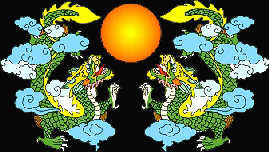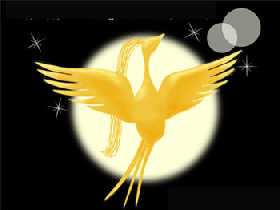| Chinese Way > Daily Highlight | กก |
|
Lords of the Chinese World: the Dragon and Phoenix
According to ancient records, the dragon appeared as a composite of many animals, such as the snake, alligator and lizard -- long or short, small or huge, hidden yet active. It could also inhabit any place -- from the greatest heights to the lowest depths. Traveling between the skies and the earth, dragons were considered the heads of heavenly deities and governors of rainfall in Chinese culture. During times of drought, dragons could create precious water and in times of flood they stopped the rain and cleared the skies. As kings of the waters, dragons lived in dragon palaces under the ocean. Dragons are deeply rooted in Chinese culture: Chinese people often consider themselves "the descendants of the dragon" and Chinese emperors thought they were real dragons and the sons of heaven. Thus, their beds were appropriately called "dragon beds," their throne, "dragon seat," and their ceremonial robes, "dragon robes." Also, dragons, which are a symbol of imperial power, can be spotted on many buildings in the imperial palace. (Dragon screens are an important part of this dragon culture.) The dragon also plays an important part in Chinese festivals. The dragon dance has a long history, dating back to the Song Dynasty (960-1279). The Dragon Boat Festival is almost a purely dragon-related festival, which is now internationally recognized.
|
|||||
 |

